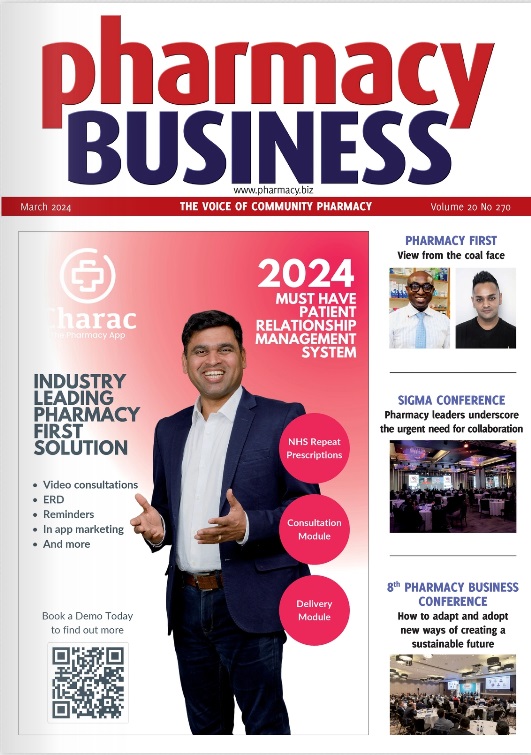Every so often, you hear about there being a major recall of a pharmaceutical drug because of adverse reactions, illness outbreak, and contamination concerns. Pharmacists, who are tasked with filling prescriptions and maintaining stores of pharmaceuticals, work closest on the consumer end and are the most effective means of enforcing safe pharmaceutical drug-dispensing practices. Therefore, drug manufacturing companies must do all they can to send pharmaceuticals that are properly sealed and transported to pharmacists and other consumer-level dispensaries. Not only should preventing contamination be a major concern, but it should definitely be a top-level priority.

What are the Most Frequent Types of Pharmaceutical Drug Contamination?
Consider all of the forms of pharmaceutical drugs that exist. Insulin comes in liquid form, while many prescription drugs are manufactured in powder form so that they can be mixed and compounded according to individual prescriptions. Other drugs are manufactured in pill form. Pharmaceuticals are most frequently contaminated by dust and dirt as they are transferred from manufacturing vessels and placed in bottles, jars, and other containers. Pharmaceutical vacuum solutions prevent contaminants that may exist in the air from ruining what could be a very large batch of pharmaceutical drugs. Proper vacuum sealing and filtration prevents particles from contaminating the air inside manufacturing facilities.
In What Ways Can Pharmaceutical Companies Avoid Contamination Concerns?
The manufacturing areas of pharmaceutical companies make use of all kinds of personal protection and sanitation gear as a first layer of defense against contamination. The human element that is involved in manufacturing and packaging pharmaceuticals is probably riskiest part of the process, as contaminants such as dust, dirt, fungi and bacteria can easily exist on skin, the bottom of shoes, and even in beards. If possible, fully automating pharmaceutical drug manufacturing seems to be the best solution. However, contamination can occur when pharmaceuticals are loaded on or off trucks, or even when the seal on a box is broken. Vacuuming sealing products is one way to avoid this.
Meeting Consumer and FDA Standards
In the U.S., the Food and Drug Administration not only oversees which prescription drugs make it to market, but they also set manufacturing safety standards. What this means is that no pharmaceutical company is able to maintain manufacturing standards that would put consumers at major risk. Companies are encouraged to meet standards and go far beyond what is recommended so that they do not become the subject of future potential investigations. Consumers also maintain vigorous standards and will not hesitate to talk to their pharmacists and doctors about concerns. The long story short is that pharmaceutical manufacturers who don’t make contamination a concern frequently experience complications and problems.
Millions, if not billions of people around the globe depend on pharmaceutical drugs to manage their illnesses and overall improve the quality of their lives. As pharmaceutical drug manufacturers work diligently to keep up with patient demand, they also have to keep a critical eye on their quality assurance and sanitation practices. Vacuuming sealing pharmaceuticals using HEPA filtration systems and products, and deep cleaning machinery are the best ways to eliminate all contamination concerns.







